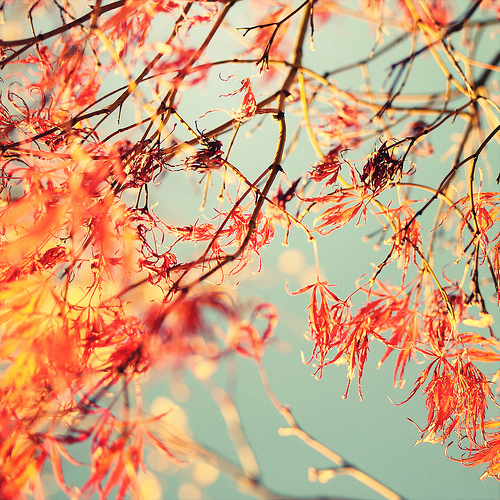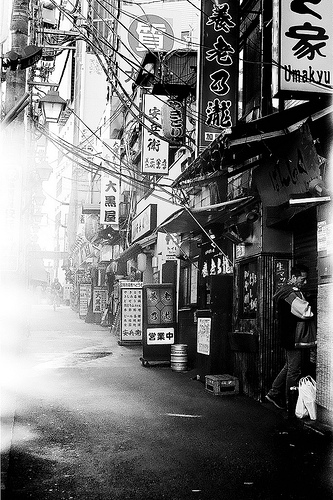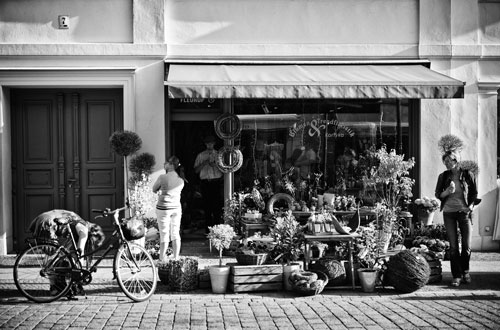Take a huge step forward with your photography
Would you be interested if I told you there was simple technique that could literally transform your photography? Take your work to a completely new level. This may sound far fetched but it does exist. The problem is that it's so deceptively simple most people ignore it. Here's how you can use this technique for yourself.

A Broader View by ~Minnea~ on flickr (licensed CC-BY-SA)
Select the camera you are going to work with for the exercise and get out your standard lens. For a 35mm or full frame digital camera this would be your 50mm lens. With a cropped sensor digital this would be approximately a 30mm lens but this would depend on the level of magnification provided by your cameras' sensor.
Ideally the lens you select for this will be a prime lens if you have one. If you don't have a prime lens you will need to use a zoom and be very disciplined, set your focal length and not change it. If your lens provides a zoom lock to hold the focal length, use it. This is important as a prime lens will force you to use your legs rather than be lazy and just zoom in and out. A common problem that limits our creativity as photographers is that we don't use out legs enough to explore and move around our subject.

Shinjuku,Tokyo by Takayuki Miki (三木貴幸) on flickr (licensed CC-BY-ND)
Now set your camera to Aperture Priority mode, often seen as Av on the controls. If you're not sure how to do this consult your camera manual. Set the aperture to f/2.4, or if your lens won't support this set the aperture to its widest. This is another good reason to use a prime lens as they are usually much faster (have wider maximum apertures) than zoom lenses.
Now to the hard part. You are going to go out to a location with your camera and spend 3 hours shooting. You can only use the lens and aperture combination above but you need to create as many creative pictures as possible. When you get back review your work and evaluate what worked and what didn't. Think about how you would change your approach if you were still on location and shooting.

Flowershop by wolfB1958 on flickr (licensed CC-BY-ND)
Repeat this process once a week for the next 4 weeks. At the end of the 4 week period compare your images from the first week with those from your final week. Consider how your creativity, composition and quality of your work have improved. You can repeat this approach as often as you want, training yourself to use a different focal length and/or aperture. The key however is to force yourself to experiment with and learn techniques that you might not otherwise use. This is also a great technique to break you out of a rut.
In a world where we seem to have become obsessed with digital tricks and techniques we need to refocus (forgive the pun) on building our skills with the camera.




